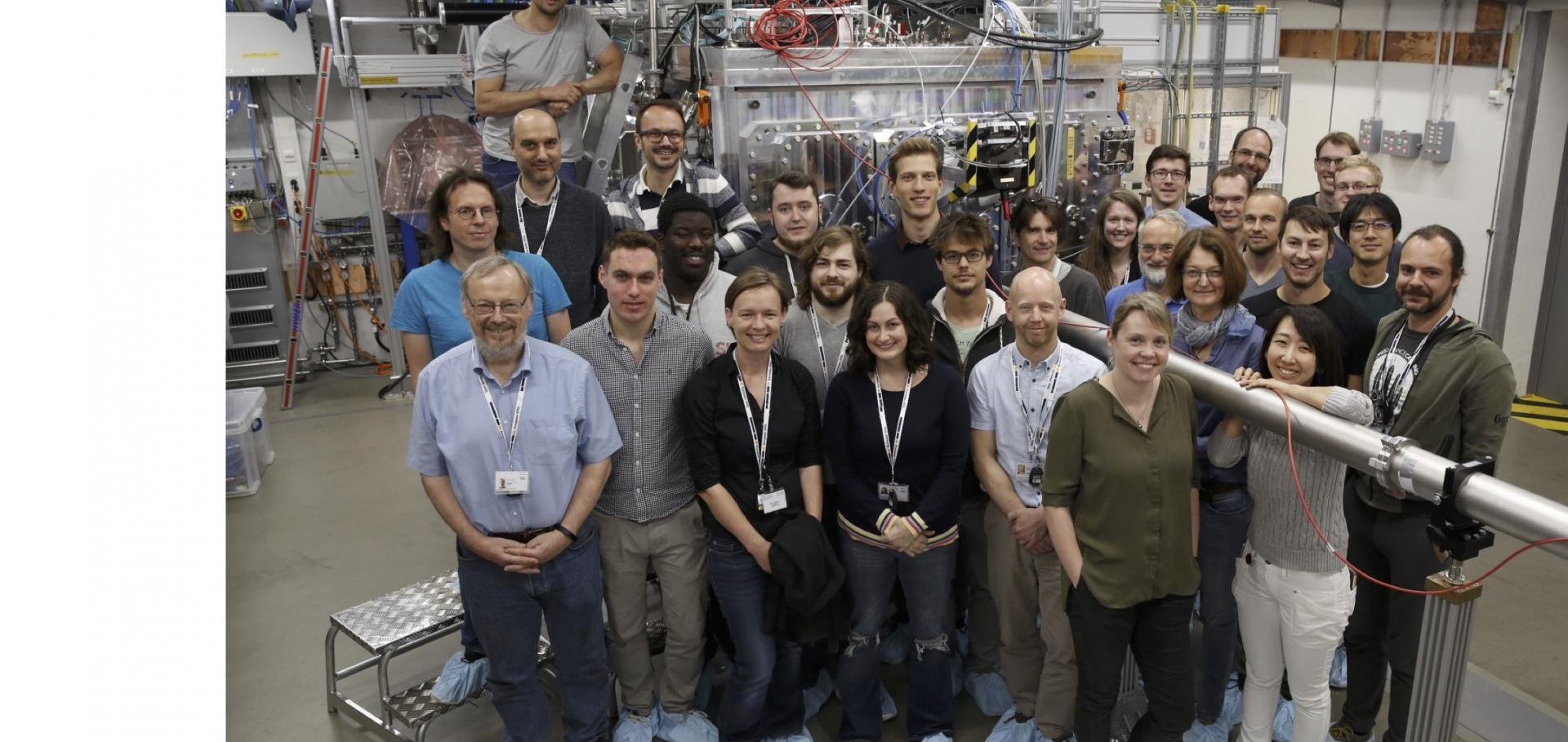Soft x-ray free electron laser microfocus for exploring matter under extreme conditions.
Opt Express 17:20 (2009) 18271-18278
Abstract:
We have focused a beam (BL3) of FLASH (Free-electron LASer in Hamburg: lambda = 13.5 nm, pulse length 15 fs, pulse energy 10-40 microJ, 5 Hz) using a fine polished off-axis parabola having a focal length of 270 mm and coated with a Mo/Si multilayer with an initial reflectivity of 67% at 13.5 nm. The OAP was mounted and aligned with a picomotor controlled six-axis gimbal. Beam imprints on poly(methyl methacrylate) - PMMA were used to measure focus and the focused beam was used to create isochoric heating of various slab targets. Results show the focal spot has a diameter of < or =1 microm. Observations were correlated with simulations of best focus to provide further relevant information.Free-free opacity in warm dense aluminum
High Energy Density Physics 5:3 (2009) 124-131
Abstract:
We present calculations of the free-free opacity of warm, solid-density aluminum at photon energies between the plasma frequency at 15 eV and the L-edge at 73 eV, using both density functional theory combined with molecular dynamics and a semi-analytical model in the RPA framework which includes exciton contributions. As both the ion and electron temperature is increased from room temperature to 10 eV, we see a marked increase in the opacity. The effect is less pronounced if only the electron temperature is allowed to increase, while the lattice remains at room temperature. The physical significance of these increases is discussed in terms of intense light-matter interactions on both femtosecond and picosecond time scales. © 2009 Elsevier B.V. All rights reserved.Perspective for high energy density studies on x-ray FELs
Proceedings of SPIE--the International Society for Optical Engineering SPIE, the international society for optics and photonics 7451 (2009) 74510e-74510e-7
PERSPECTIVE FOR HIGH ENERGY DENSITY STUDIES USING X-RAY FREE ELECTRON LASERS
Institute of Electrical and Electronics Engineers (IEEE) 1 (2009) 1-1
Predicting EXAFS signals from shock compressed iron by use of molecular dynamics simulations
High Energy Density Physics 5:1-2 (2009) 44-50


